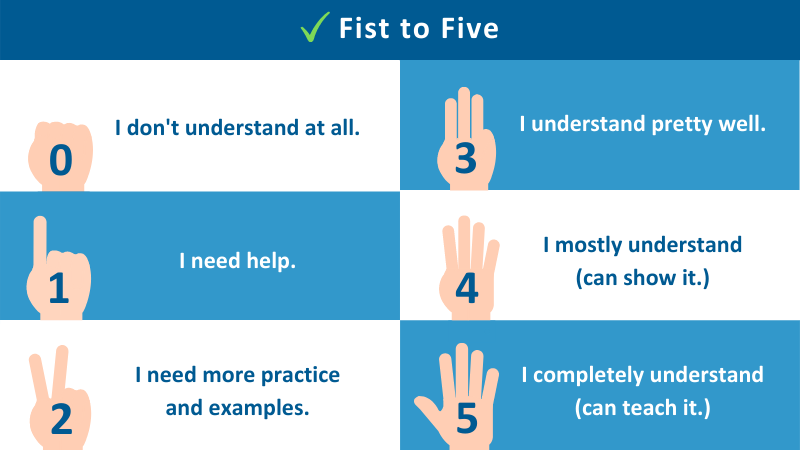Classroom instruction
Organization
When a teacher provides time to practice routines and procedures, all learners benefit. However, for learners with dyslexia, these consistencies allow the focus to be placed on learning and not the organization of the lesson, the classroom, or the day.
- Break directions into parts so they can be processed. This helps a student generate strong executive functioning skills.
- Use visuals to support oral directions.
- Add a movement or kinesthetic example in directions.
Reflection
- How can you break down an assignment into manageable chunks to allow the learner to understand each step?
- Why does repeating directions help a student understand what they are supposed to be doing?
- Learners with dyslexia do best with consistent expectations. What can you identify is a consistent routine in your classroom? What can you identify as being inconsistent?
Other resources
- Learn more by watching Made By Dyslexia: Part 2 - Memory, Organization, and Concentration.
- Learn how to help students develop executive function skills from the Dyslexia Resource.
- Try out the ADDitude tool to compare symptoms in you or your child to those of 17 common psychological and learning conditions.
- Learn 4 Ways Kids Use Organization Skills to Learn from Understood.org.
Direct and explicit instruction
Students learn best and perform better when instruction is given in a clear and consistent way.
- Students will make connections between skills they can then apply independently.
- Direct and explicit instruction allows the student to know what they're learning, why they're learning it, and how they'll learn it.
- This form of instruction empowers students by including a clear message through modeling, verbalizing the process, and opportunities for practice with immediate feedback.
Reflection
- How does direct and explicit instruction still allow for student discovery within the lesson?
- Why does teacher modeling lead to student success?
- What are the ways in which direct and explicit instruction enlightens the decoding process?
Other resources
- Explore the Orton-Gillingham Approach: The Principles.
- Learn how to promote confidence in a learner with dyslexia from the Dyslexia Resource.
Student centered instruction
When students are in the driver’s seat, they're excited and engaged in learning.
- The learner with dyslexia appreciates the bigger picture. Student centered instruction provides opportunity for students to demonstrate, create, and observe their learning rather than just reporting on it.
- When students are given the chance to teach their peers, they demonstrate comprehension of the concept well enough to teach others.
- Give students the opportunity to learn in multi-sensory ways such as drawing a picture, writing a story, or using a kinesthetic example.
Reflection
- How does allowing the student to do the teaching tap into a dyslexic strength?
- In what ways does student centered instruction provide a teacher with a form of assessment?
Other resources
Student advocacy
It's essential that a learner with dyslexia understands their challenges and strengths:
- Helping students create strategies and verbiage to explain their challenges and strengths to teachers and other supporters of their learning journey.
- The Fist to Five strategy provides a way for students to communicate with the teacher and let them know where they're on the learning scale.
- A student’s self-advocacy skills build confidence to explain to teachers how I learn, what I understand, and how I could understand better.

Reflection
- How does a strategy like Fist to Five allow students with dyslexia time to process?
- Why is it important for learners with dyslexia to own their learning styles?
- In what ways can you promote and encourage students’ attitudes towards their strengths and struggles in the classroom?
Other resources
- Watch the Made By Dyslexia: Part 2 - Unit 3: Emotional Impact video
- Understood.org
Instructional best practices
There are strategies and structures that can easily be put in place to help students with dyslexia in the learning process.
- Educators can turn large lessons into small manageable steps to alleviate the burden a learner with dyslexia faces in a classroom.
- Chunking information, giving think time, and using fillable notes can all help lighten the cognitive load placed on a learner with dyslexia.
- Learners with dyslexia comprehend new information best when it has meaning and is attached to a previous concept. Using background knowledge or word parts (morphology) to break down a new word encourages the link between known, meaningful information and new content.
Reflection
- How will the use of fillable notes promote multisensory learning?
- Why does connecting new vocabulary words to past experiences make the information easier to recall?
- In what ways do small, manageable steps in the learning process support a dyslexic learner?
Other resources